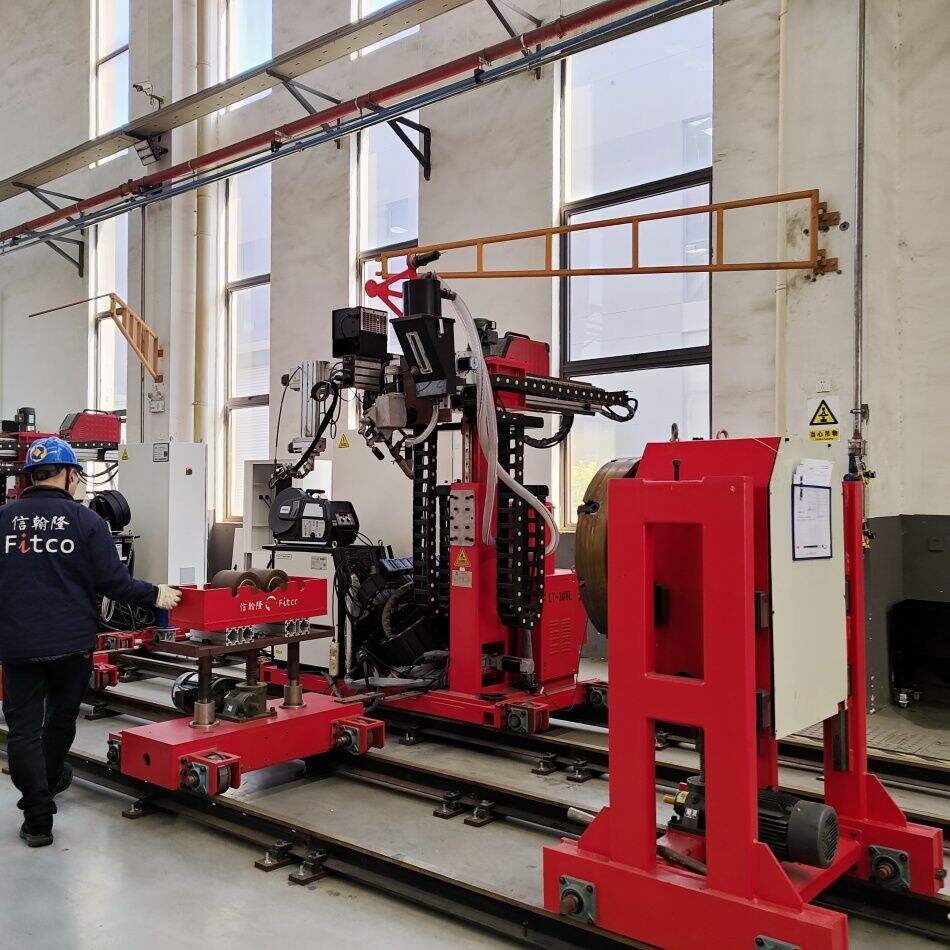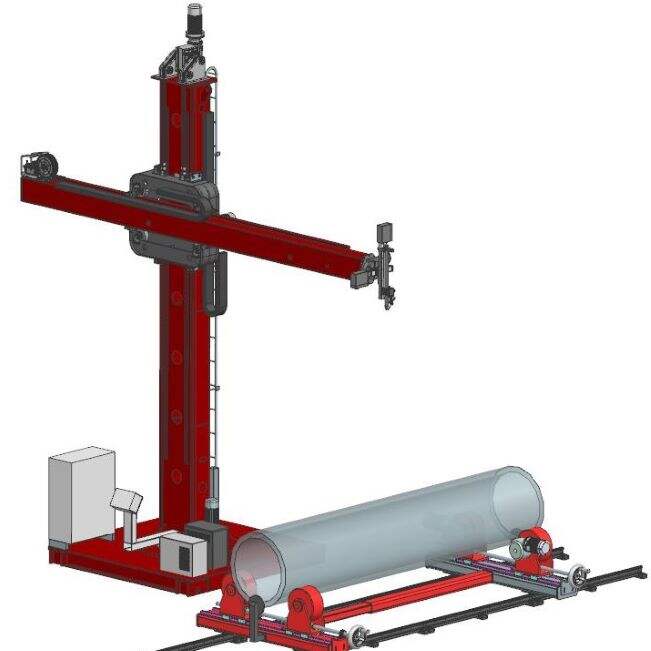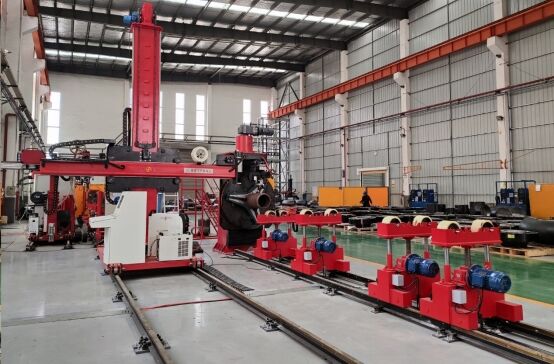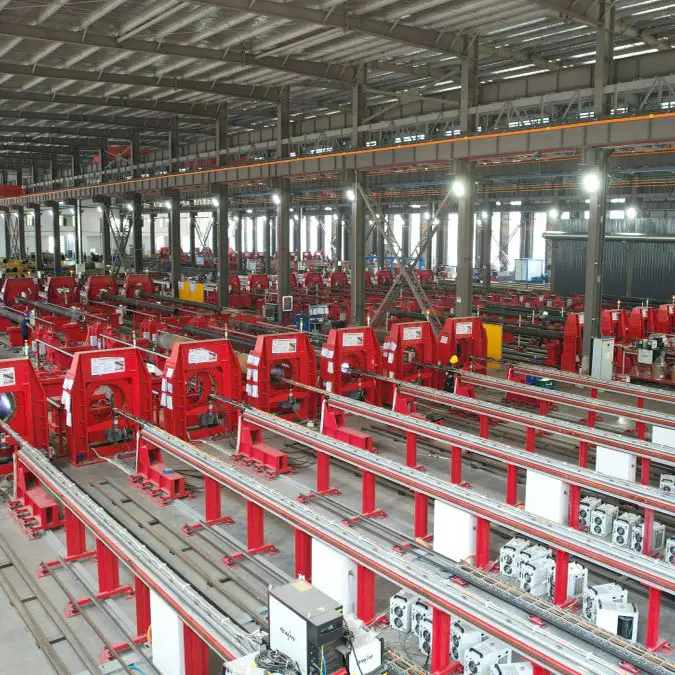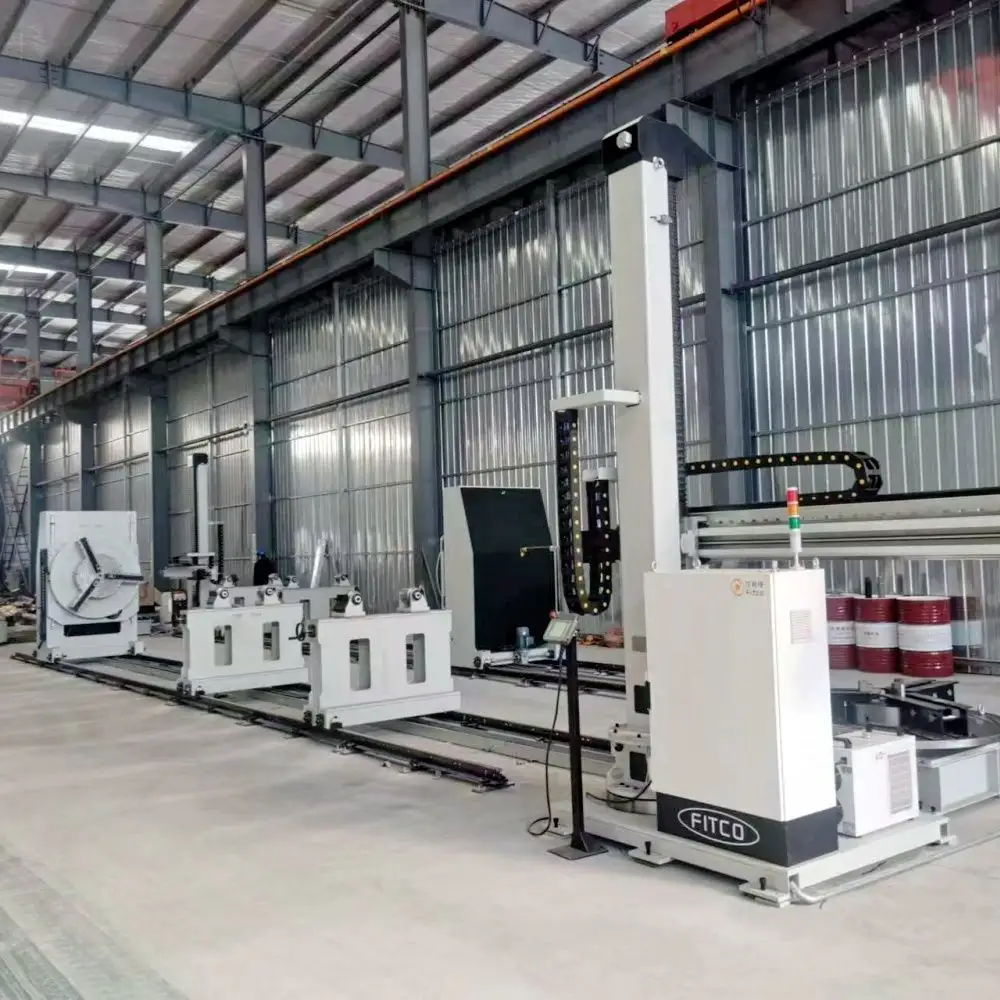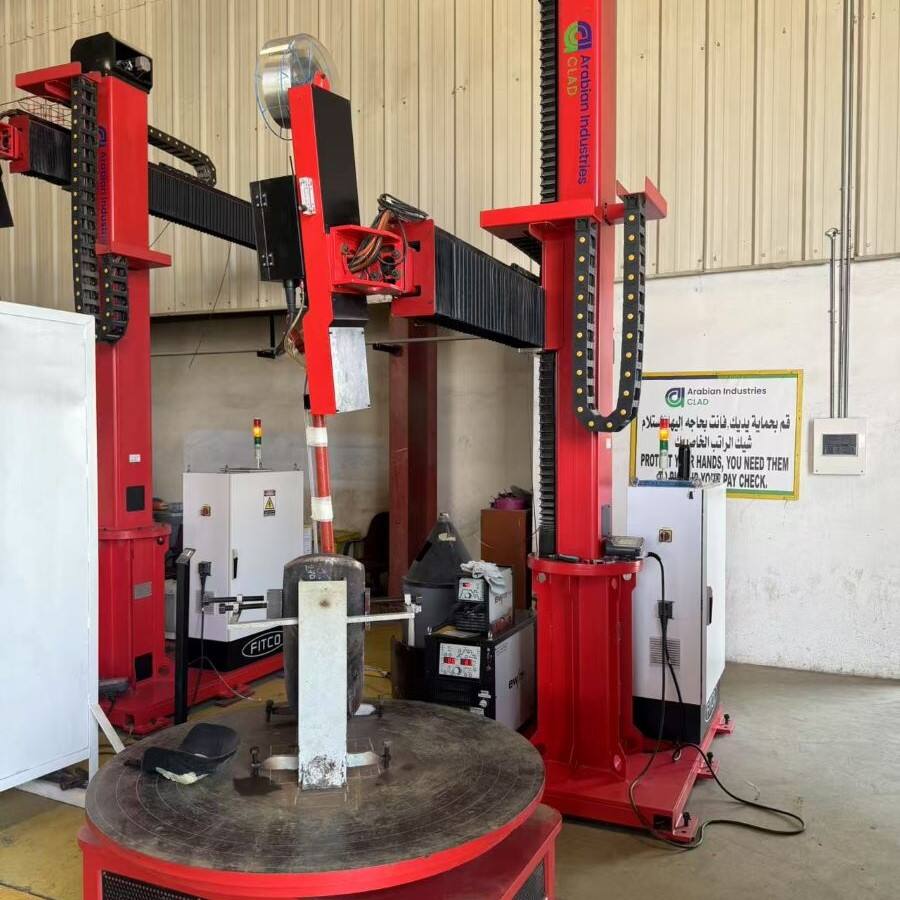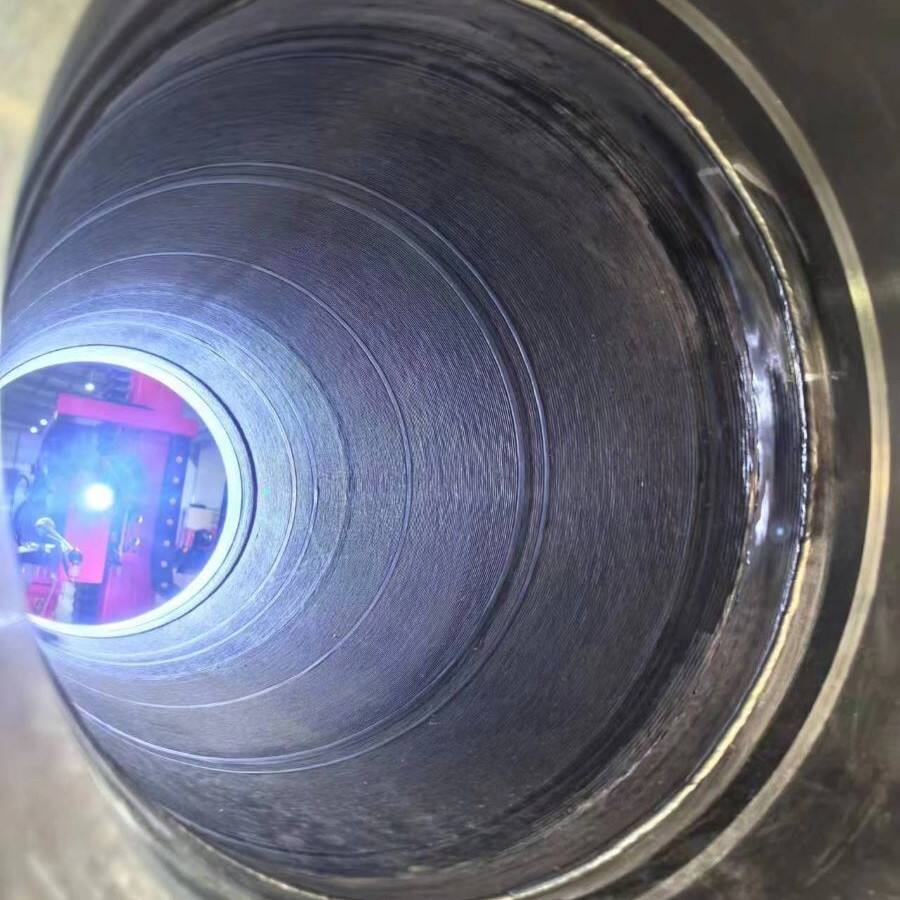gas arc welder
A gas arc welder represents a sophisticated welding technology that combines electrical arc and shielding gas to create precise, high-quality welds. This versatile tool operates by establishing an electric arc between a consumable wire electrode and the workpiece, while simultaneously releasing inert or semi-inert gas to protect the weld pool from atmospheric contamination. The process, also known as Gas Metal Arc Welding (GMAW) or Metal Inert Gas (MIG) welding, offers exceptional control over the welding parameters, including voltage, wire feed speed, and gas flow rate. The equipment consists of a power source, wire feed unit, welding gun, and gas cylinder, all working in harmony to deliver consistent results. Gas arc welders can handle various materials, from thin sheet metal to heavy structural steel, making them indispensable in industries such as automotive manufacturing, construction, and metal fabrication. The technology's ability to produce clean, spatter-free welds with minimal post-weld cleanup has revolutionized modern welding practices, offering both efficiency and precision in a single package.

 EN
EN
 AR
AR BG
BG HR
HR CS
CS DA
DA NL
NL FI
FI FR
FR DE
DE EL
EL HI
HI IT
IT JA
JA KO
KO NO
NO PL
PL PT
PT RO
RO RU
RU ES
ES SV
SV TL
TL IW
IW ID
ID LT
LT UK
UK SQ
SQ HU
HU TH
TH TR
TR FA
FA AF
AF CY
CY MK
MK LA
LA MN
MN KK
KK UZ
UZ KY
KY